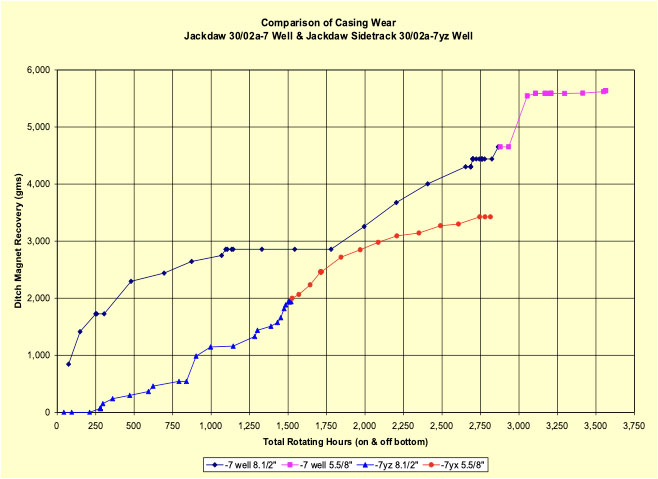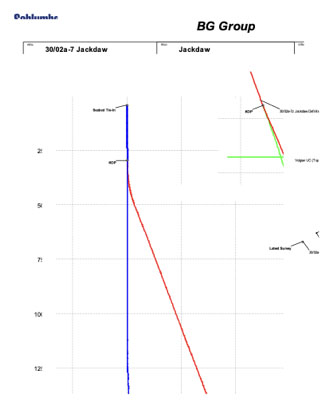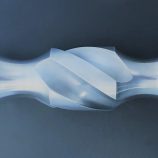NRST Spiro-Torq® Tools

Background
Date : June 2008 Location : North Sea
Performed a shallow side-track from below the 20″ shoe in 30/2a-7 to acquire a new target. Well trajectory was built to 22° inclination and held to TD. Spiro-Torq® tools were run through the build section. The maximum temperature recorded during drilling was in 5 5/8” -7y wellbore: 394°F (201°C) at 20,444ft MD BRT.
Equipment
Fifty-eight NRST Spiro-Torq® tools were used and run through the build section spaced out to ensure no repositioning required during drilling of both the 8 1/2” and 5 5/8” intervals
Operations
Base line and post-drilling 60 finger MFCT logs run in 10 3/4” casing strings for both vertical and deviated wells.
The Spiro-Torq® tools were installed during RIH to drill 8 1/2” interval with this the wear on subs was monitored on every trip and those failing as per Drilltech specifications were laid out.
Prior to deepening well, all Spiro-Torq® tools were replaced.
Results
Planning for vertical well concluded Spiro-Torq® tools were not required, however would be used for the deviated side-track.
Negligible recordable casing wear identified by MFCT log in vertical well post-drilling.
Deep side-track in hostile HP/HT environment achieved with negligible recordable casing wear identified by MFCT log post- drilling.
Surface torque in range 9k to 12k ft/lbs drilling side-track 5 5/8” interval.
Ditch magnet recovery confirmed negligible wear to casing (though majority of swarf originated from Spiro-Torq® tools themselves).
Vertical well ditch magnet recorded 5,638 g from 3,564 hrs of rotation (1.58 g/hr).
Side-track ditch magnet recorded 3,425 g from 2,815 hrs of rotation (1.22 g/hr).
Lessons Learnt
The NRST Spiro-Torq® tools were critical to ensure protection of production casing strings and are recommended in all deviated HP/HT wells (exploration through to development), as well as for reduction of surface torque during drilling.



